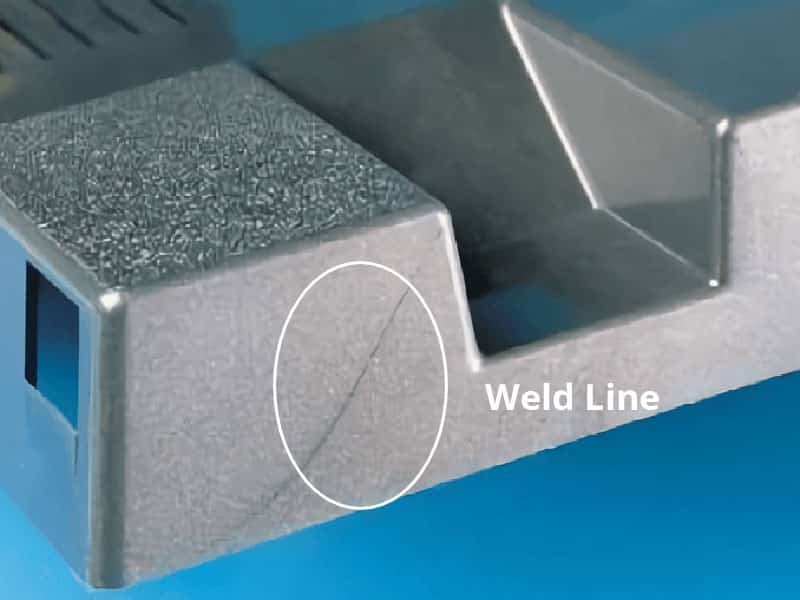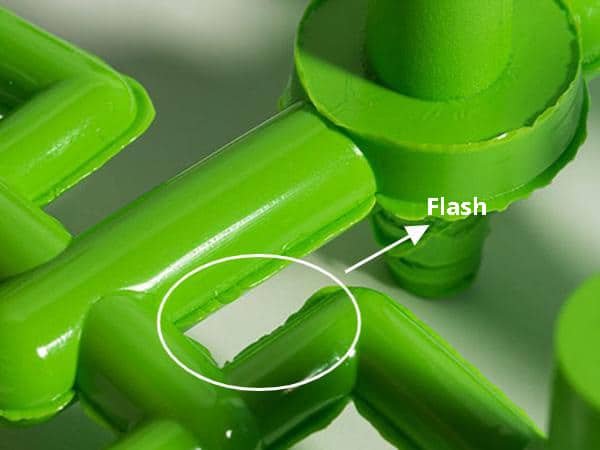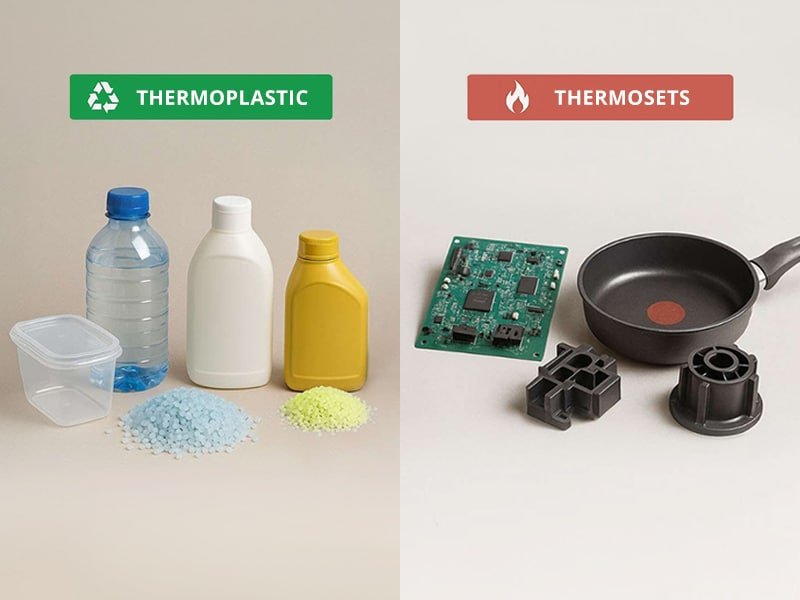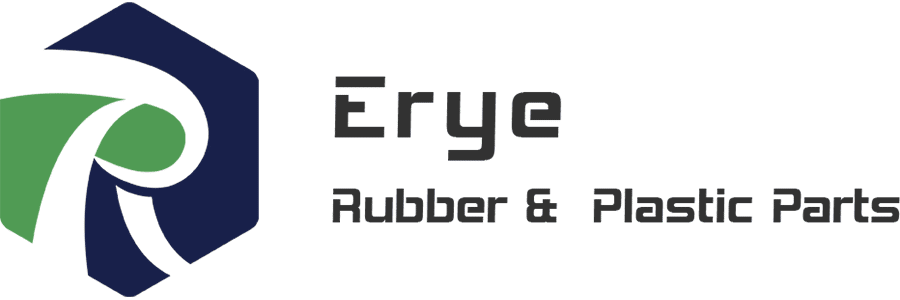The plastic rear bumper is one of the most important exterior components of a vehicle. The product quality requirements are very high, and it must be a perfect combination of strength, rigidity and decorativeness. From the perspective of safety, it can play a buffering role and protect the rear body of the car when a car crashes; from the perspective of appearance, it should have an appearance decorative function that is integrated with the body shape. As an experienced rear bumper manufacturer, we have participated in the development and production of numerous rear bumpers, and the following is a case study of one of the projects we were involved in. In the project, we worked on the design and production of a custom rear bumper, ensuring all requirements for strength, rigidity, and aesthetic quality were met.
What is Plastic Rear Bumper
The car rear bumper is not only essential for vehicle safety but also contributes significantly to the vehicle’s aesthetic appeal. Typically made from materials such as PP (polypropylene) combined with rubber additives like EPDM, the car rear bumper is designed for durability, impact resistance, and high-quality appearance.
Back Car Bumper Structure Analysis
The shape of the rear bumper is similar to a saddle, as shown in the figure below. The material used is PP + EPDM-T20 with a shrinkage rate of 1.0095. EPDM increases the bumper’s elasticity, while T20, which contains 20% talcum powder, enhances the bumper’s rigidity.
Learn about our Polypropylene Injection Molding Service.

Plastic Part Structure Features
- Complex shape with intricate parting lines.
- Large dimensions; although the average wall thickness is 3mm, the flow-length ratio is 200, classifying it as a large thin-walled part.
- High surface finish and strict appearance requirements; the appearance must be free of flash, shrinkage indentations, weld lines, and other cosmetic defects.
- Twelve undercuts on the inside of the plastic part, with a complex lateral core pulling structure.
Mold Structure Analysis
Our engineers analyzed and designed the mold in detail based on the plastic part structure. After communication with the client, the final design was confirmed.

The mold adopts an external parting line with a hot runner system, controlled by sequential valves for injection. The undercut structures on both sides adopt a slider, inclined top, and straight top designs, respectively. The maximum mold size is 2730mm x 1360mm x 1255mm, qualifying as a large injection mold. The general structure of the mold is shown in the figure below.
Back Car Bumper Mold Design and Production
To ensure optimal molding quality and efficiency, we made comprehensive improvements to the mold design. Each innovation was aimed at enhancing performance and stability, as detailed below.
- The dynamic and static molds use an integrated structure, which greatly reduces the mold’s external dimensions while enhancing its rigidity and lifespan.
- The clever design of the gating system eliminates weld lines on the rear bumper’s surface, significantly improving size accuracy and molding quality.
- The design of the slides and lateral core pulling structure simplifies the mold design and reduces the likelihood of mold failures.
- The temperature control system design successfully reduced the molding cycle of the rear bumper to approximately 60 seconds.
Project Outcome
This mold is large and complex, with high precision requirements. Throughout the collaboration, our engineers worked closely with the client, completing the mold production in just 12 weeks and delivering qualified samples. The project exceeded the client’s expectations in both timeline and sample quality, a testament to our decades of experience in the mold industry.
Conclusion
With decades of expertise in custom rear bumper design and production, we take pride in delivering top-tier automotive molding solutions that meet the highest industry standards. Whether you’re looking for a rear bumper manufacturer or need a custom rear bumper for your vehicle, our precision approach guarantees you’ll receive a product that combines both durability and aesthetic appeal.




